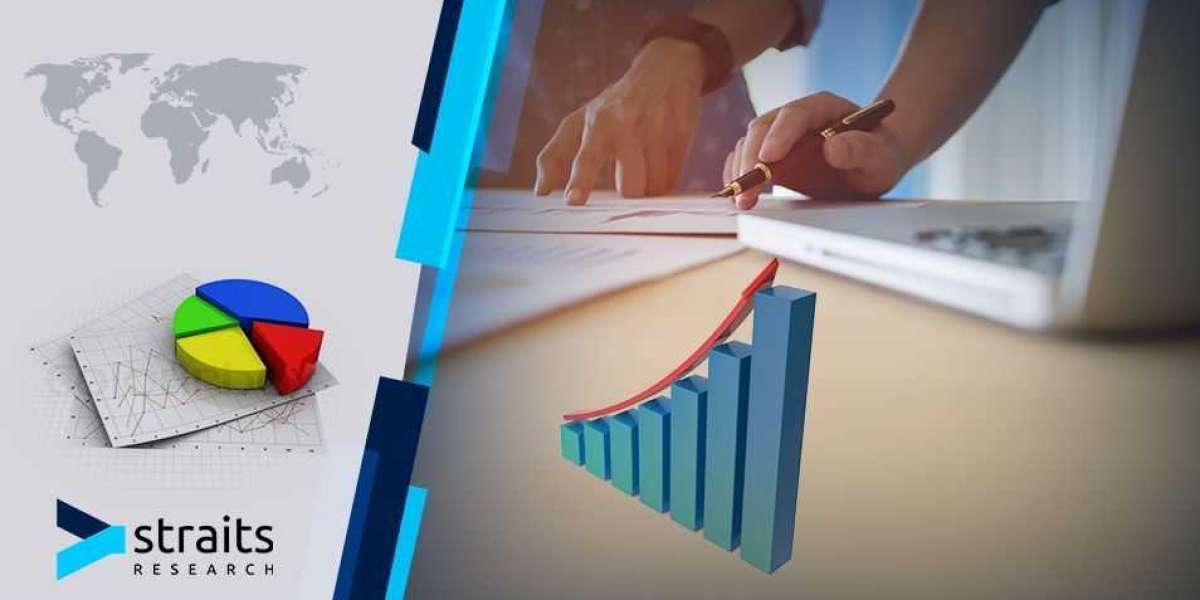The Importance of High Quality Figures
When it comes to presenting data, the quality of your figures plays a crucial role in effectively communicating your message. High quality figures not only enhance the visual appeal of your work but also make it easier for your audience to interpret the information you are trying to convey.
Enhancing Data Visualization Techniques
Improving data visualization techniques is essential for creating high quality figures. One way to achieve this is by choosing the right type of visualization for your data. Whether it's a bar graph, pie chart, or scatter plot, selecting the most appropriate format can make a significant difference in how your data is perceived.
Utilizing Color and Contrast
Color and contrast are powerful tools that can be used to enhance the clarity of your figures. By carefully selecting colors that complement each other and using contrasting shades to highlight important data points, you can create figures that are not only visually appealing but also easy to understand.
Emphasizing Simplicity and Clarity
When it comes to data visualization, less is often more. Simplifying your figures by removing unnecessary elements and focusing on the key information can help prevent clutter and confusion. Clear, concise figures are more likely to capture the attention of your audience and convey your message effectively.
Choosing the Right Fonts and Labels
Another important aspect of creating high quality figures is selecting the right fonts and labels. Using legible fonts and ensuring that labels are clear and informative can greatly improve the overall readability of your figures. Remember, the goal is to make it easy for your audience to understand the data at a glance.
Seeking Feedback and Iterating
Finally, don't be afraid to seek feedback on your figures and iterate on your designs. Getting input from colleagues or peers can provide valuable insights that may help you improve the quality of your figures. By continuously refining your data visualization techniques, you can create figures that are not only visually appealing but also highly informative.
Conclusion
Improving data visualization techniques for high quality figures is a continuous process that requires attention to detail and a commitment to excellence. By focusing on enhancing the clarity, simplicity, and visual appeal of your figures, you can create visualizations that effectively communicate your data and engage your audience.








